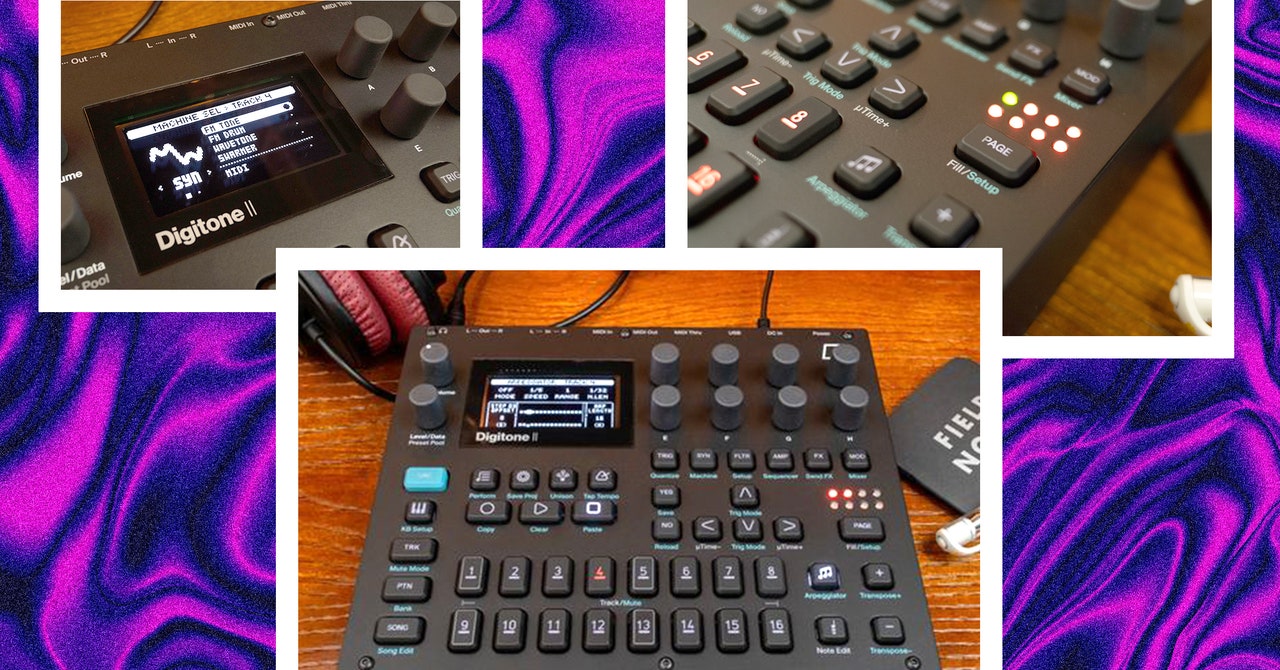The original digitone is one of my favorite synths ever. For some, there may be a bit of a backhanded compliment because the digiton is not just a synth. It is a powerful Multitimbral Groovebox with one of the most versatile sequencers on the market. For me, its four numbers and eight voices from polyphony could feel a little limiting. Plus it’s not exactly the best for drums. This led to I stabbing the digiton on a tripod where I just treat it like a desktop synth controlled by a MIDI keyboard.
Digitone II, at least on paper, seems to solve some of these problems. It now has 16 votes on 16 numbers, plus there are three brand new synth engines expanding its sound paddle, including a completely dedicated to percussion. It’s all beyond the same kind of sequencing, modulation and filter improvements we already looked at Digitact II (8/10, Wired recommends), but like its sample -based siblings Digitone II has received a significant price hike for $ 999. With the original. Now goes for as little as $ 350 in the used market, the choice between the two is not necessarily the clip and dry.
Photography: Terrence O’Brien
This is the new sound
Before any panic, the four operator FM engine from the original digitone is still here. While I have seen some people imply that it does not sound exactly the same and that the original has a little more gravel and character, I think these people are hallucinating. I have loaded several presets designed for the original Digitone on Digitone II and I can’t see the difference between them. It is worth mentioning that unfortunately you cannot load Digitone II advice on the original digitone, even if they use the original FM Sound engine. There are apparently some technical differences between them under the cap, but at least to my ears they do not seem to affect the sound.
Photography: Terrence O’Brien
The other three synth engines are where Digitone II really differs from the original. In addition to the original FM engine (called FM tone in the new model), there are FM drums that adjust the original sound engine that fits percussion. Wave tone is a little less glassy and gets sounds like what you would find on phase distortion and wave synths. It is still definitely digitally, but not as hard as FM. Then there are swarmers that give you super-thick sounds that are good for leads and organs by stacking six cut offsets on top of the most important. Many of my favorite new presets make excellent use of the wavetone machine, which is capable of convincing classic electro and krautrock sounds.
